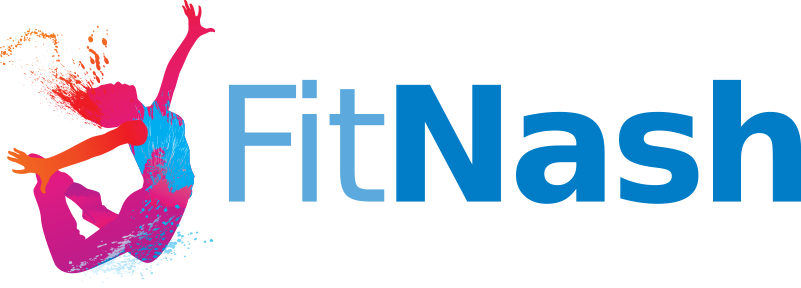When you play piano, the left hand does a fair amount more of the intricate work than the right, on balance. Typically relegated to chord work or thumb sliding it has a pretty easy life as long as you have enough reach to span an octave.
I had a client come in this weekend who had been struggling to get the rift on Elton John’s version of Pinball Wizard 🕺🏻💃🏻
Typically chords like these are thumb driven, which means the weight of the hand and the supinator muscles in the forearm can help out.
This chord however, is little finger driven which means both physical and neurological strength are required to drive the chord effectively.
After clearing any neck involvement we looked more locally, and sure enough all the muscles in the hypothenar eminence were off line.
We found the Pronator teres and Pronator quadratus causing the issues, but only in a palm down position (as would be used when playing a keyboard), and not in the more usual palm up standard testing position. Testing and activation position were therefore crucial.
After a functional release and activation, the opponens digiti minimi and abductor digiti minimi came on line, but the flexor digiti minimi needed more work to complete the correction. We tested it by practicing the tune a few times, to see that the corrective pattern held. All good, and ready for the gig tonight 🎼🎤🎹
https://youtu.be/DthtDjhqVOU

Image credit Pexels free
Experience the difference – A refreshingly different approach to pain and dysfunction, so you can breathe better, move better, to live better.
